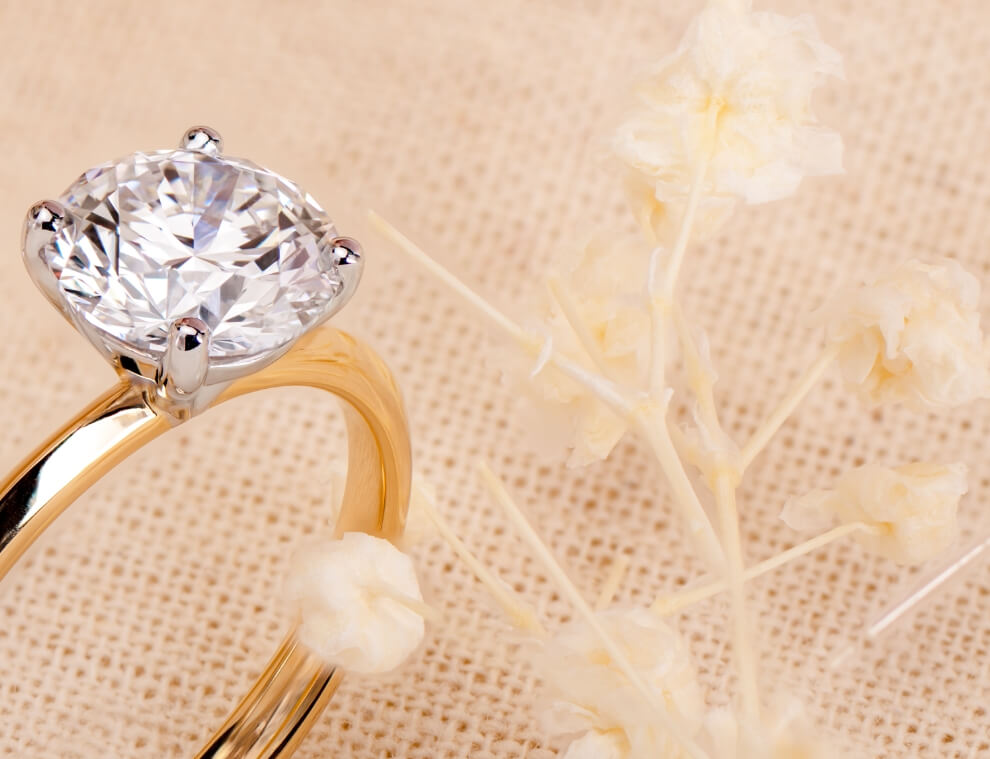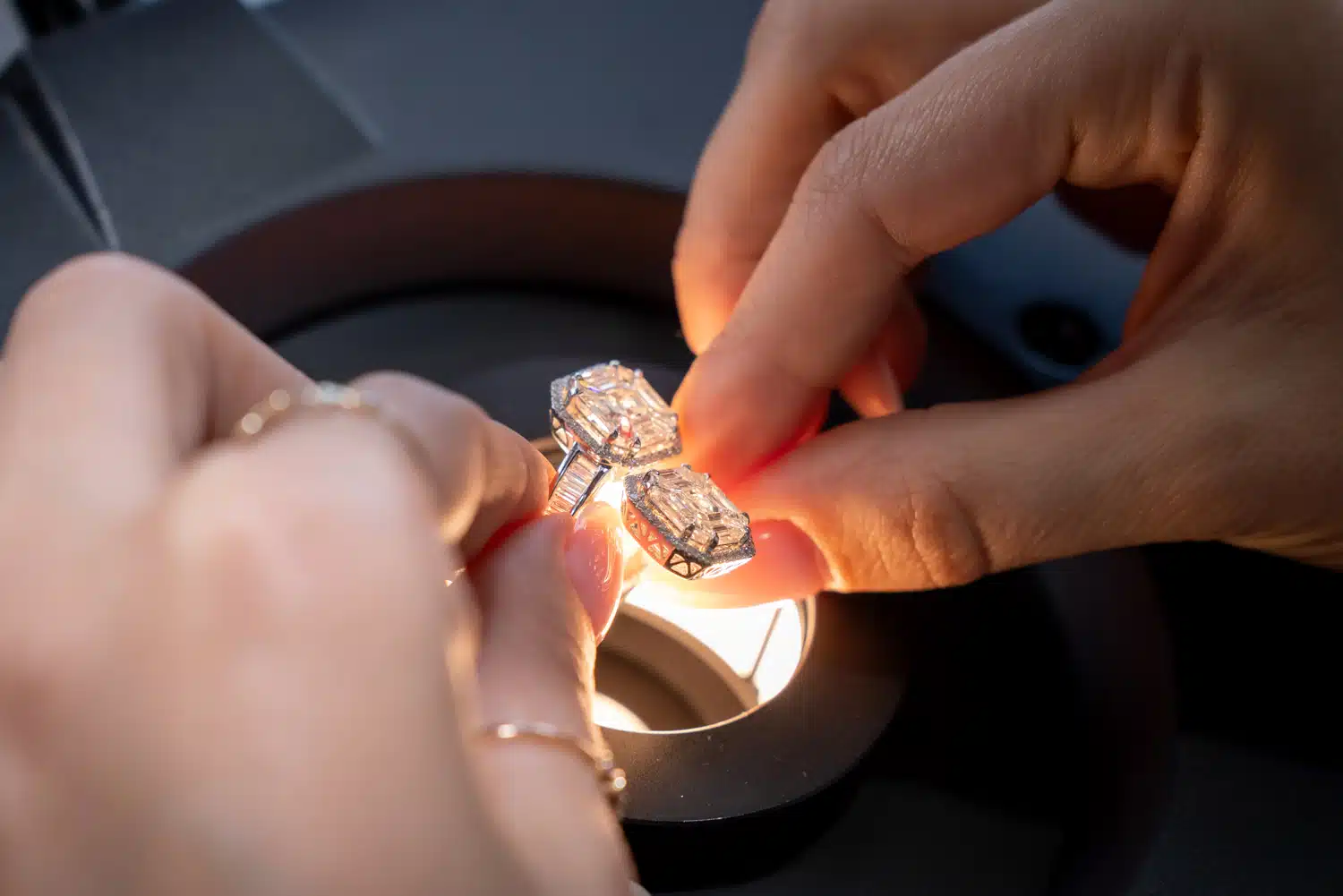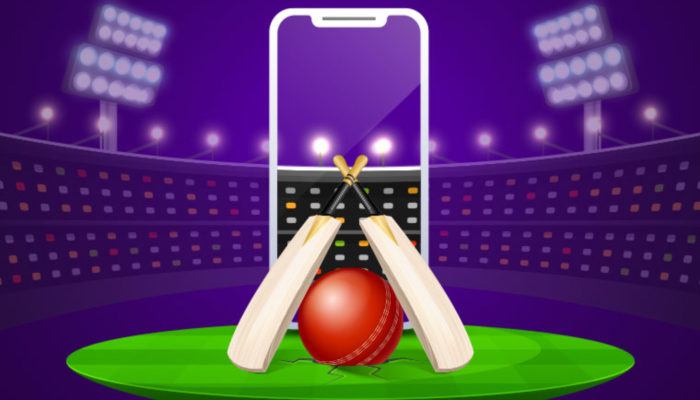When it comes to choosing the perfect diamond, one of the most common questions people ask is whether diamond size matters. The short answer is yes, diamond size does matter, but it’s essential to understand why and how it plays a role in your overall choice of diamond. From engagement rings to other fine jewelry, the size of the diamond impacts its appearance, cost, and how it complements the overall design of the piece. In this article, we will explore the importance of diamond size and what you need to know to make an informed decision.
Why Diamond Size Matters for Engagement Rings
When considering engagement rings, the size of the diamond is often one of the top factors in choosing the perfect piece. Diamond size matters because it directly affects the visual impact of the ring. Larger diamonds naturally attract more attention and are often seen as a symbol of wealth and commitment. If you’re looking for a statement piece that captures attention, diamond size plays a crucial role. Larger diamonds also give more sparkle and brilliance, which many people associate with luxury and prestige.
However, it’s essential to balance size with other factors, such as the cut and quality of the diamond. A smaller diamond with excellent cut and clarity can often appear more beautiful than a larger diamond with lower quality. Therefore, understanding the importance of diamond size in the context of the overall quality is key to selecting the best option for you.
How Diamond Size Affects the Price
Another significant factor when considering whether diamond size matters is the cost. Diamond size has a direct correlation with the price, and larger diamonds are generally more expensive. The price of a diamond increases exponentially as the size increases, and this is true whether you’re looking at mined diamonds or lab-grown diamonds. This means that for a similar quality diamond, the price will rise significantly with an increase in carat weight.
When determining your budget for a diamond, it’s essential to keep in mind that size will influence the cost. If you are aiming for a larger diamond but have a specific budget, you may need to compromise on other factors, such as clarity or color. This is where understanding diamond size and its cost implications can help guide your purchase and allow you to find a balance between size and quality that fits your needs.
The Impact of Diamond Size on Ring Settings
Diamond size also matters when it comes to the type of setting you choose for your jewelry. Larger diamonds often work well with more elaborate and intricate settings, such as halo designs, which surround the center stone with smaller diamonds to enhance its size. These settings draw attention to the diamond’s size and maximize its visual impact. On the other hand, smaller diamonds may be better suited for simpler, more minimalist settings that allow the diamond to shine on its own.
When considering a diamond’s size, think about how it will complement the style and size of the setting. If you choose a very large diamond but pair it with a delicate setting, the diamond may look disproportionate or overwhelming. Therefore, ensuring that the diamond size aligns with the setting design is essential for achieving a harmonious and balanced look.
Diamond Size and Its Role in the Overall Aesthetic
Beyond just the engagement ring, diamond size matters for other pieces of jewelry as well, such as necklaces, bracelets, and earrings. For necklaces and pendants, a larger diamond may serve as the centerpiece, while smaller diamonds may be used in a delicate, more subtle design. In earrings, the size of the diamonds can impact the overall look as well, with larger diamonds creating a more dramatic effect, and smaller diamonds offering a more classic and understated appearance.
The key is to think about the overall aesthetic you’re going for. A larger diamond might be perfect for a bold and luxurious look, while smaller diamonds can create an elegant and timeless style. Understanding how the size fits into the overall design is essential when selecting the right piece of jewelry.
How to Choose the Right Diamond Size for Your Finger
When it comes to diamond rings, diamond size matters not only for its visual appeal but also for how it complements the size and shape of your finger. Larger diamonds can look stunning on larger fingers, while smaller diamonds may appear more proportionate on petite hands. It’s important to choose a diamond size that is in balance with your finger size, as an overly large diamond on a smaller finger can look out of place, just as a small diamond might seem lost on a larger finger.
To determine the right diamond size for your finger, consider the shape of your hand and the look you want to achieve. For those who prefer subtlety, a smaller diamond may be the best choice. If you’re looking for a ring that makes a statement, a larger diamond can be the focal point of your jewelry.
Diamond Size and Durability: Considerations for Everyday Wear
While diamond size matters for its appearance and style, it’s also important to consider the diamond’s durability, especially if you wear the ring or piece of jewelry daily. Larger lab created diamonds, especially those with a higher carat weight, may be more prone to damage due to their size. They might also be more expensive to repair or replace if they are chipped or scratched.
For those who live an active lifestyle or plan to wear their jewelry daily, a smaller diamond or one with a more durable setting may be a more practical option. Smaller diamonds are less likely to experience damage, and they often work well with stronger, more protective settings, such as bezel settings. This is an essential factor to consider when thinking about the practicality of a larger diamond versus a smaller one.
The Emotional Value of Diamond Size
While diamond size matters in terms of cost and appearance, it’s also important to recognize the emotional value that size can hold. Many people associate larger diamonds with more significant life milestones, such as engagements or anniversaries. A larger diamond can symbolize a deeper commitment or an important occasion, and for many, it carries sentimental value.
That said, size isn’t everything when it comes to the emotional significance of a diamond. A smaller diamond with personal meaning or sentimental value can be just as meaningful as a larger one. Ultimately, the value of the diamond is not only determined by its size but by its emotional connection and the memories it represents.
Conclusion: Understanding Why Diamond Size Matters
In conclusion, diamond size matters in several key ways. It influences the price, the overall appearance of the jewelry, and the type of setting that will best highlight the stone. It also impacts the aesthetic appeal and durability, especially for rings or pieces worn daily. However, while size is a crucial factor in selecting the right diamond, it’s important to balance it with other elements, such as cut, color, clarity, and the overall design of the piece. By understanding how diamond size affects your jewelry and making an informed decision, you can choose a diamond that not only looks stunning but also suits your style and lifestyle.










